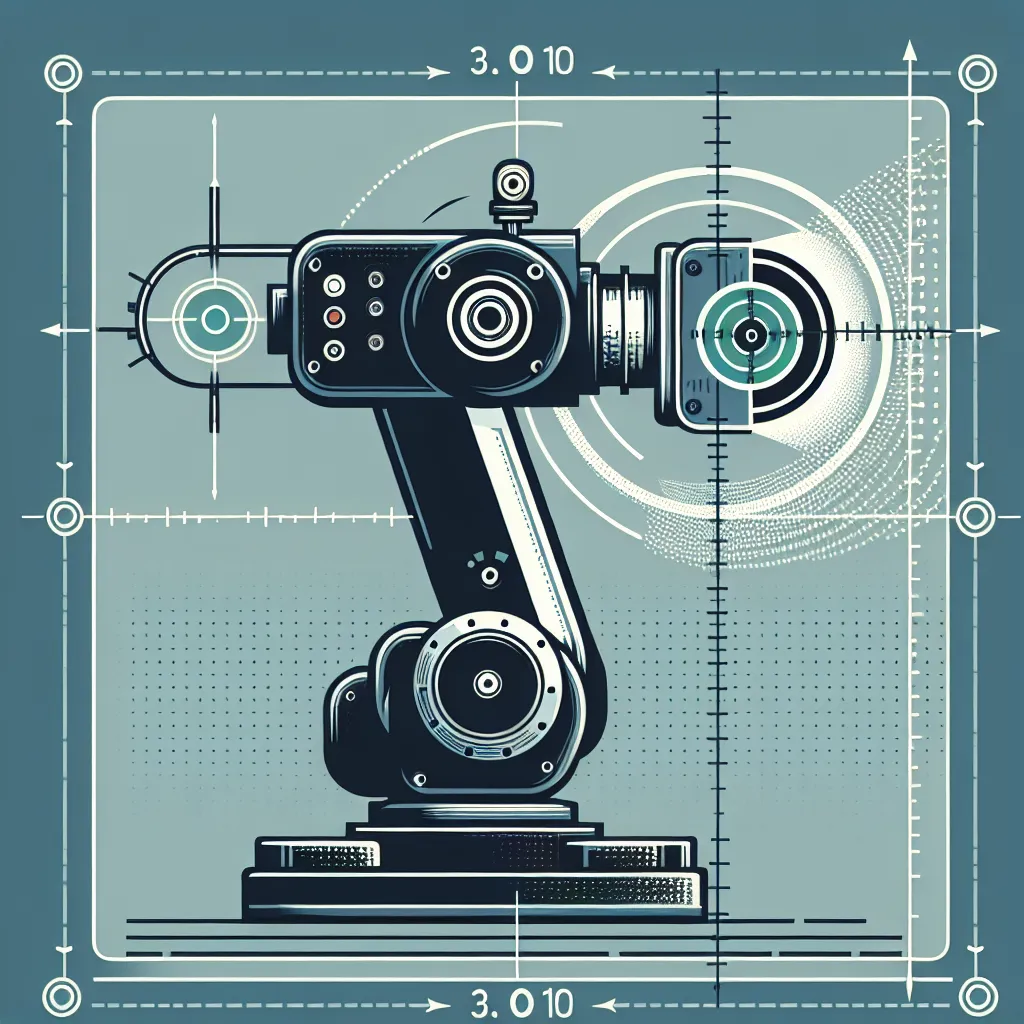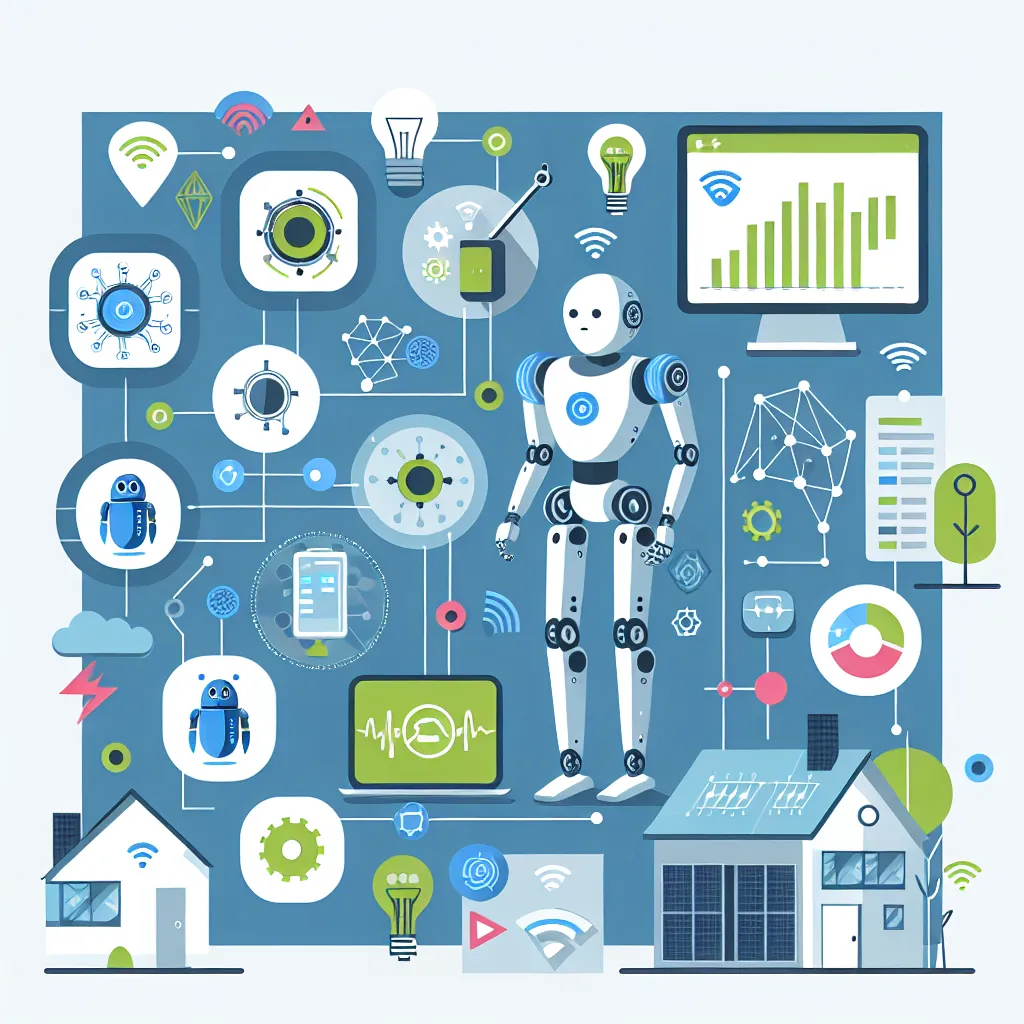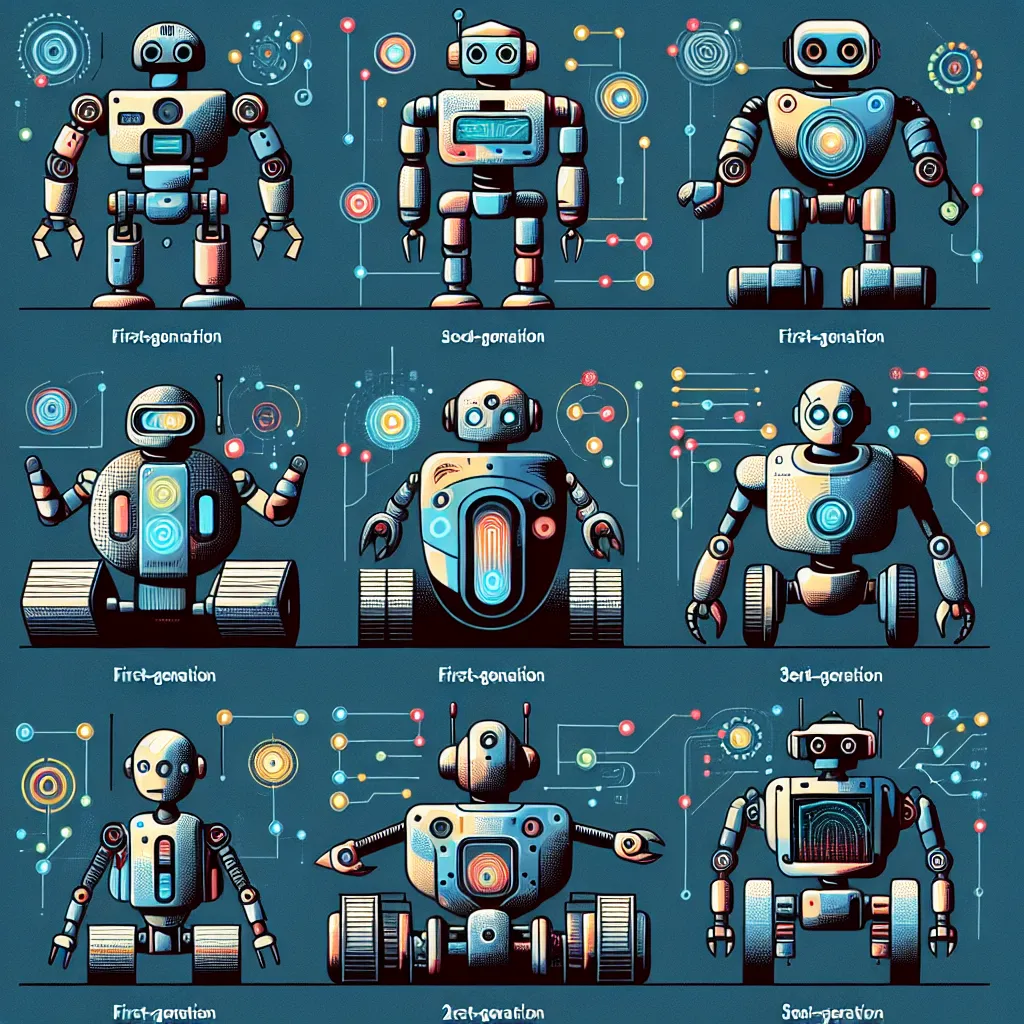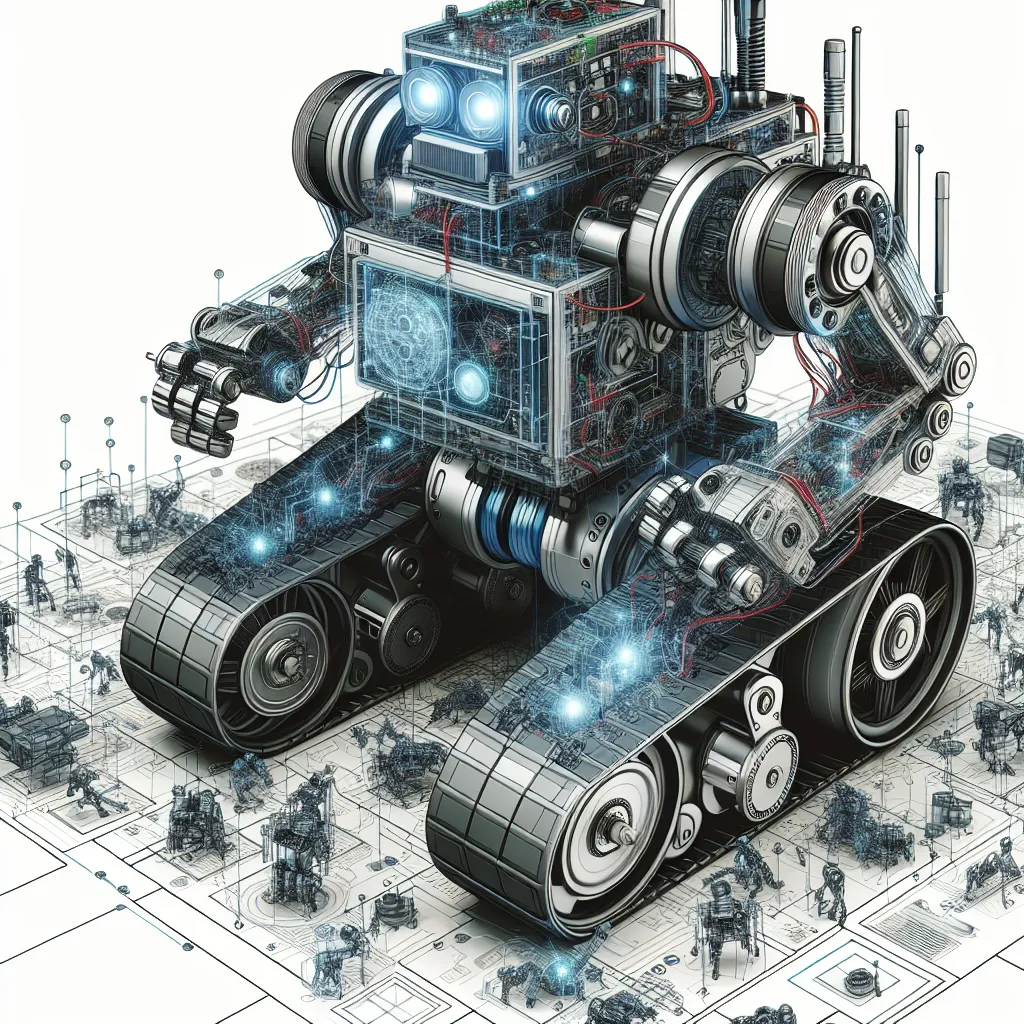Ask AI on The Internet
Question: Which of the following describes a distance/proximity sensor?
A distance or proximity sensor is a device that detects the presence and often the distance of an object without any physical contact. These sensors emit a signal (which can be infrared, ultrasonic, or electromagnetic) and measure the time it takes for the signal to return after it reflects off the object. Common types of distance/proximity sensors include: 1. **Ultrasonic Sensors:** They use sound waves (typically above the range of human hearing) to detect objects. The sensor measures the time it takes for the emitted sound wave to bounce back from the object to calculate the distance. 2. **Infrared Sensors:** These sensors emit infrared light and measure the reflection to detect objects. They are often used in remote controls and short-range object detection systems. 3. **Lidar (Light Detection and Ranging) Sensors:** Similar to radar but uses laser light to measure distances with high precision and is commonly used in autonomous vehicles and mapping applications. 4. **Capacitive Sensors:** These detect changes in capacitance caused by the proximity of an object, commonly used in touch screens and some industrial applications. 5. **Inductive Sensors:** These sensors detect metallic objects through changes in inductance and are widely used in industrial automation for detecting metal parts. 6. **Photoelectric Sensors:** These use a beam of light (usually infrared or laser) to detect the presence of objects. If the beam is interrupted by an object, it signifies the proximity or presence of the object. Proximity sensors are versatile and used in various applications across industries, including manufacturing, automotive, consumer electronics, and robotics.
Think your answer is better than the AI's? Post it below.
Other Most Relevant Posts:
If you want your question answered by an AI, click here.







Post your own comment: